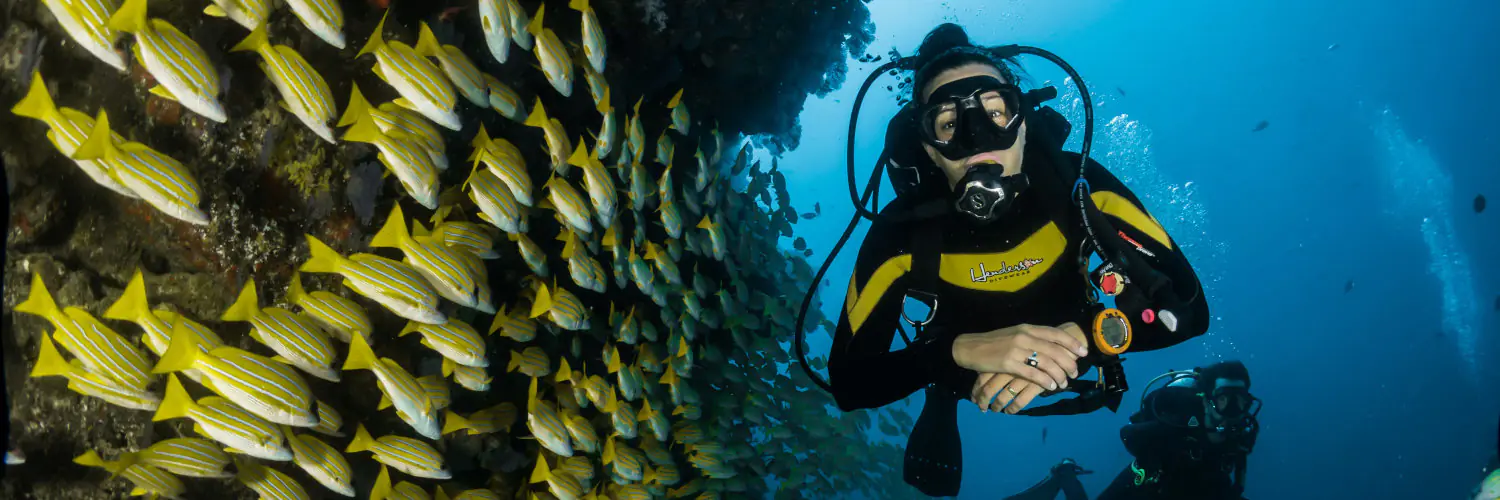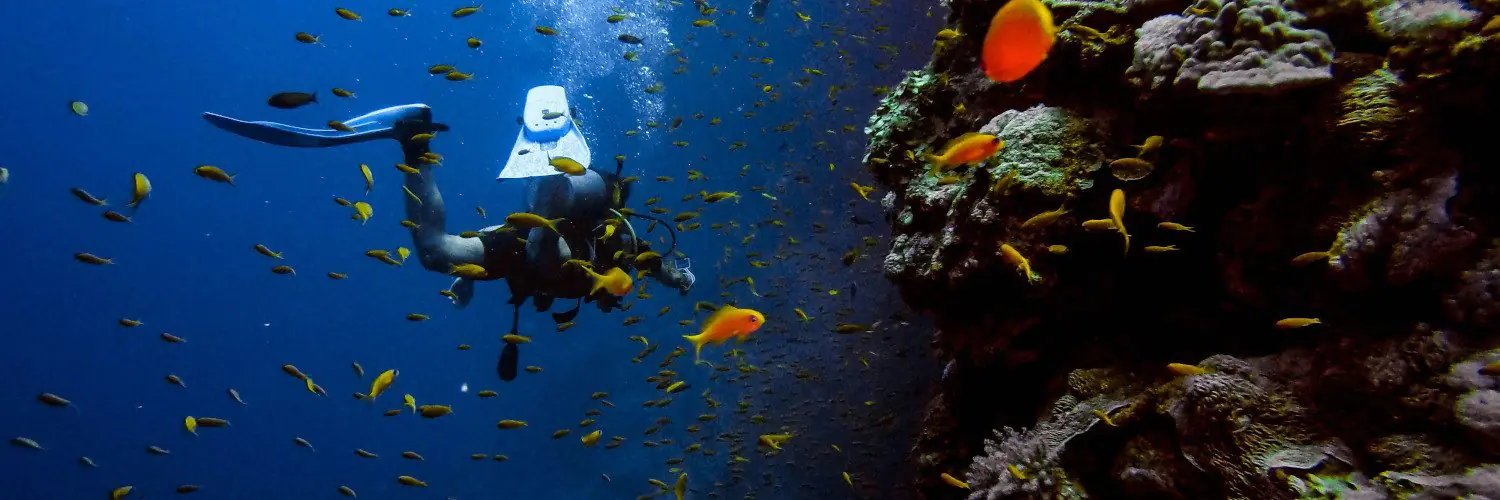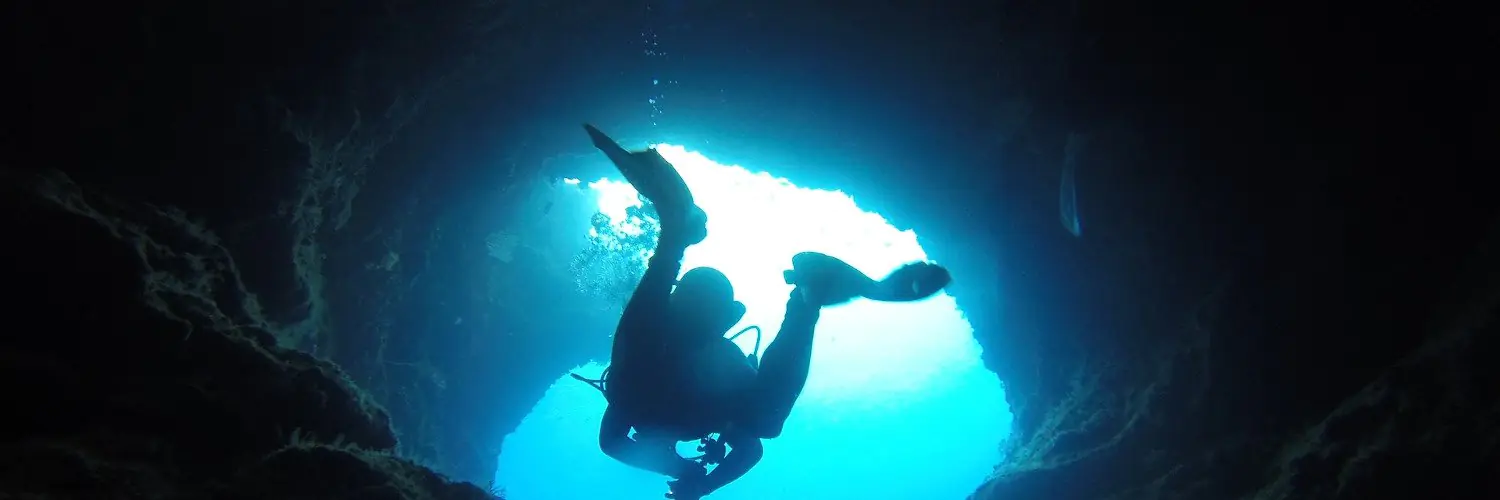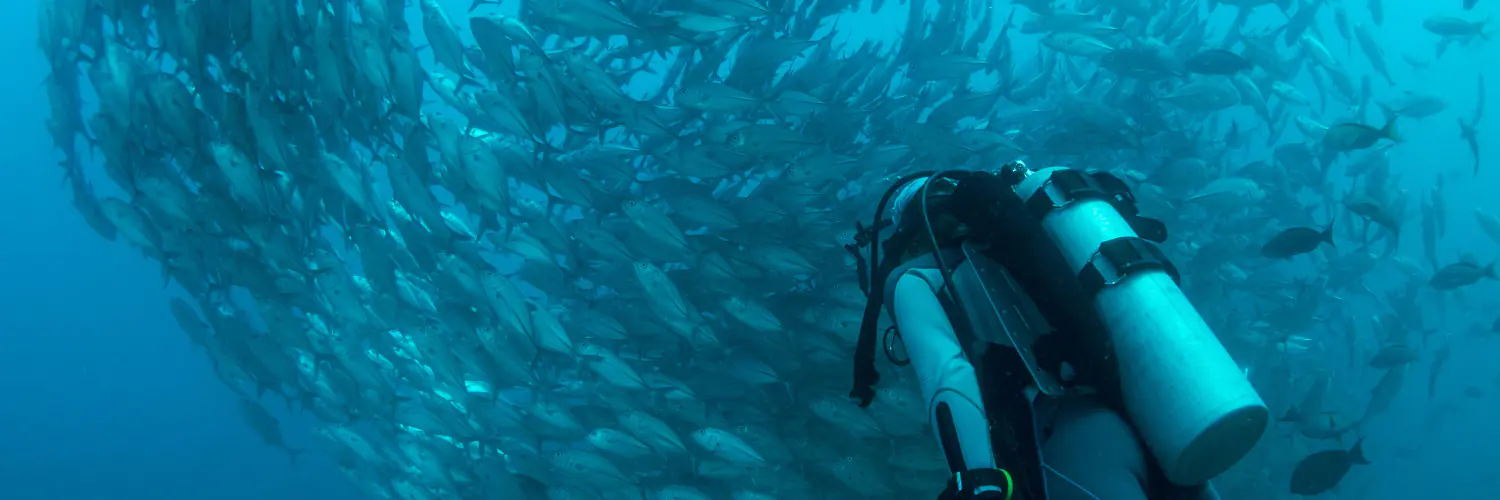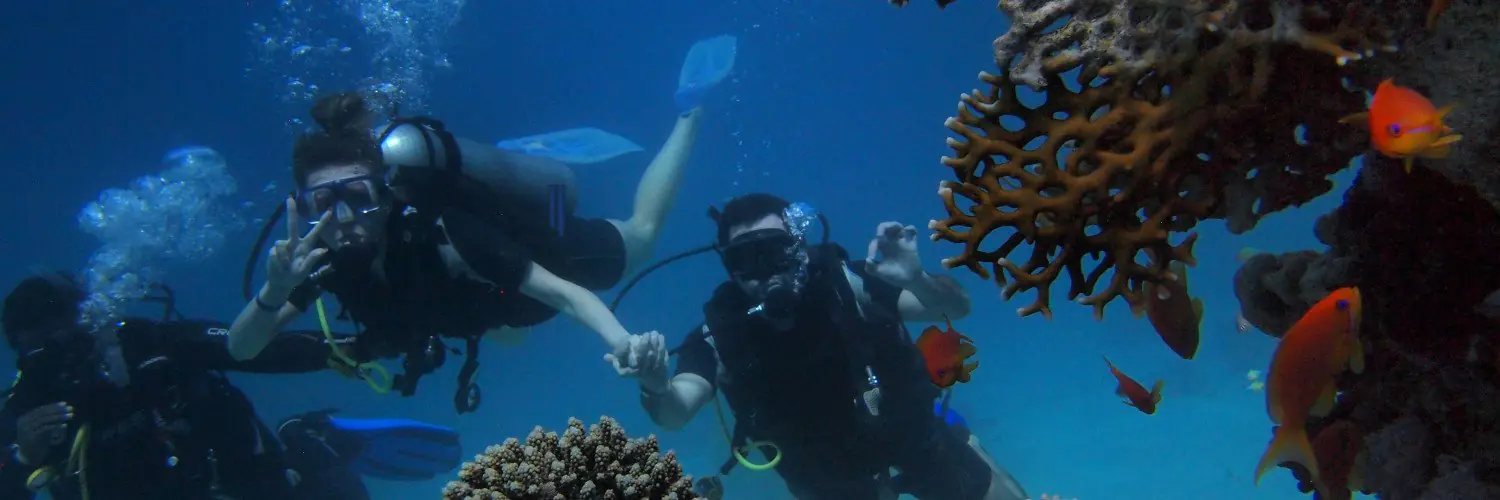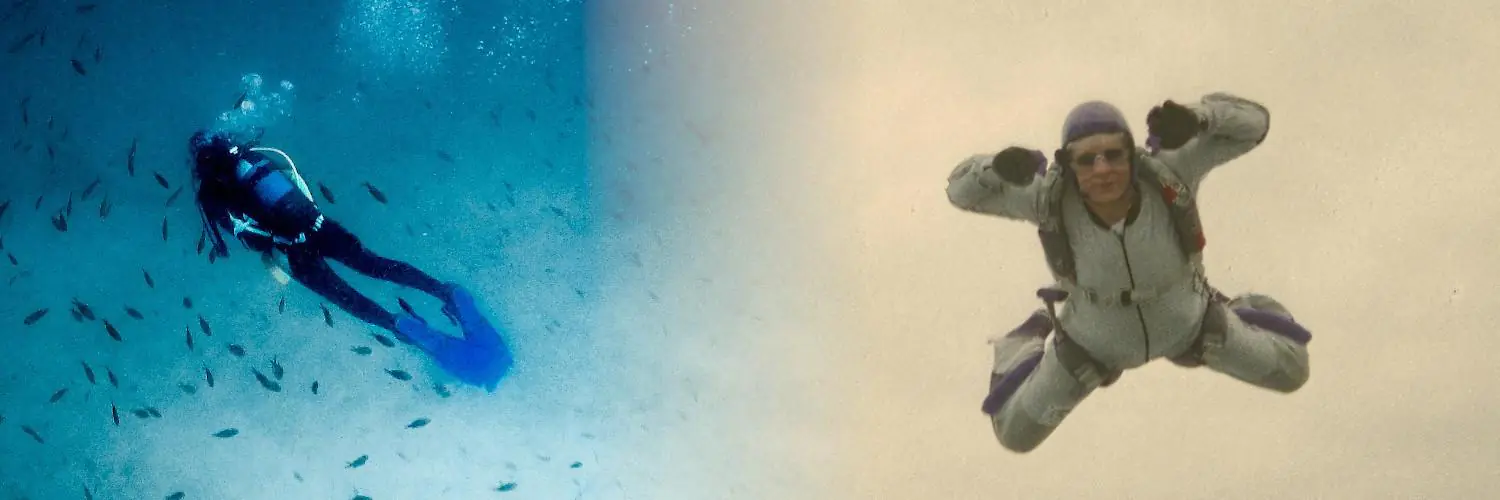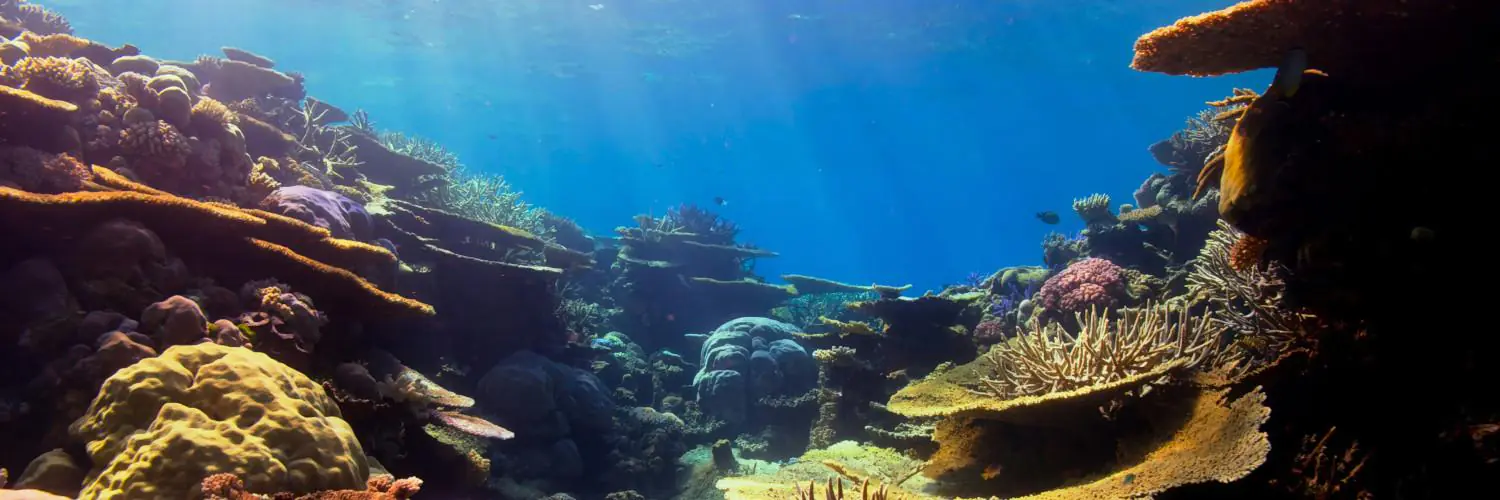A scuba backplate is a crucial component of a diver’s gear, serving as the structural foundation for the buoyancy control device (BCD) system. The backplate provides stability and support, ensuring that the weight of the tank and additional gear is evenly distributed across the diver’s back. Typically constructed from durable materials like stainless steel, aluminum, or even lightweight options like titanium or carbon fiber, the backplate is designed to endure the rigors of underwater activity.
The design of the backplate integrates with a harness system composed of webbing or straps that secure the assembly to the diver. This modular approach allows for a high degree of customization to match individual preferences and diving conditions. The backplate and wing setup, an alternative to the traditional jacket-style BCD, offers divers enhanced freedom of movement and easier access to equipment, making it a favored choice for many technical divers and those engaging in advanced underwater explorations.
Backplates come in various sizes and thicknesses to accommodate different body types and diving needs. Features such as mounting holes for attaching gear, varying plate thicknesses, and the choice between a metal or a soft backplate cater to diverse diving styles. Whether diving in warm tropical waters or engaging in deep cold-water expeditions, the backplate is an integral piece of equipment that offers both safety and comfort.
Table of Contents
Understanding Scuba Backplates
Scuba backplates are a crucial component in a diver’s gear, offering a stable mounting point for tanks and enhancing diver comfort through their design and material composition.
Materials and Design
Scuba backplates are constructed using durable materials such as stainless steel and aluminum. Stainless steel backplates are heavier, which may negate the need for additional weight, while aluminum backplates are lighter, suitable for travel and warm water diving. The design of a backplate can greatly affect diver comfort and performance. Some backplates feature a contoured design to better fit the natural curves of the diver’s body, offering enhanced comfort and reducing strain during extended periods underwater.
| Material | Pros | Cons |
|---|---|---|
| Stainless Steel | Greater weight aids buoyancy control; highly durable | Heavier to transport; cold to touch |
| Aluminum | Lightweight; ideal for travel | Less weight means more lead may be needed |
Sizing and Fit for Divers
The fit of a backplate is just as important as the material. Proper sizing ensures comfort and stability, reducing the likelihood of the gear shifting during a dive. Although most backplates come in a standard size, some manufacturers offer multiple sizes, like a smaller version for divers with shorter torsos. The right size allows the waist strap to sit on the diver’s waist and the shoulder straps to stay securely in place instead of sliding off the shoulders.
- Ensure the backplate sits flush against the diver’s back without any gaps.
- Select a size that positions the waist strap correctly and keeps shoulder straps in place.
Harness Systems and Configurations
In scuba diving, harness systems play an essential role in securing the diver’s buoyancy control device (BCD) and tank. These systems are designed for a snug and customizable fit, ensuring stability and comfort underwater.
Harness Types and Features
Harnesses typically come in a variety of configurations, where webbing material, adjustability, and attachment points are central to their design. They can be categorized mainly as:
- Standard Harness: Often comprises a single piece of webbing looped through a backplate with minimal buckles, offering a streamlined fit.
- Adjustable Harness: Includes multiple buckles, allowing for easier donning and adjustments, beneficial for divers who prefer more flexibility or share gear.
Major features of harnesses include:
- Materials: Durable nylon webbing is commonplace, providing resilience against the aquatic environment.
- D-rings: Positioned strategically for accessory attachment, usually made from stainless steel or aluminum.
- Padding: Some divers opt for additional padding on shoulder straps for comfort, although this may vary depending on personal preference and dive conditions.
Crotch Straps and Cam Bands
Crotch Straps are an integral part of a harness system:
- Prevent the BCD from riding up while diving, enhancing stability.
- Generally adjustable and can feature loops for accessory attachment.
Cam Bands secure the scuba tank to the BCD:
- Usually made of heavy-duty nylon and include a buckle for easy fastening.
- Can be single or double, depending on the diver’s setup requirements.
These two components are critical for ensuring that the diver’s gear remains in place throughout their underwater exploration, providing safety and reliability.
Wing and Buoyancy Control
The wing is a critical component in a backplate and wing (BPW) buoyancy compensator device (BCD), providing essential lift to maintain control underwater. It is crucial for divers to understand how the wing and its bladder system work in conjunction with the backplate to achieve precise buoyancy control.
Bladder Types and Lift Capacity
The bladder of a wing BCD is responsible for providing lift underwater. Bladder types are typically categorized as:
- Single Bladder: Suitable for recreational diving, it offers one chamber for inflation.
- Dual Bladder: Used in technical diving, it provides redundancy with two separate chambers.
Lift capacity, measured in pounds (lbs) or Newtons (N), varies according to the wing’s design and purpose. It must be chosen based on:
- Dive Environment: Deeper or more demanding dives require higher lift capacity.
- Dive Gear: More equipment necessitates a wing with greater lift.
A typical lift capacity range is:
- Recreational diving: 20-40 lbs (90-180 N)
- Technical diving: 40-60 lbs (180-270 N) or more
Wing to Backplate Attachment
The wing attaches to the backplate using a secure and durable system, typically involving:
- Bolts and Grommets: Stainless steel bolts pass through grommets on the wing to affix it to the backplate.
- Book Screws: Sometimes used in place of bolts for easy assembly and disassembly.
This attachment must be reliable to ensure that the wing does not shift or detach during a dive. Proper alignment of the wing to the backplate is crucial for balanced buoyancy control. Divers must routinely inspect these connections for any signs of wear or damage.
Accessories and Customization Options
Customizing a scuba backplate allows divers to tailor their gear to specific diving activities and personal preferences. With a variety of pockets, D-rings, and expansion options, one can enhance functionality and compatibility of their rig.
Pockets, D-rings, and Expansion
Scuba backplates can be equipped with a range of pockets and D-rings. These additions serve for storage and attachment points for various diving accessories. Surface Marker Buoys (SMBs), lights, and spools can be conveniently attached, ensuring immediate access when needed. Expansion of a backplate setup often involves Single Tank Adapters (STAs) which provide stability and weight distribution for a single tank setup.
- STA: Offers firm mounting for a single tank
- Pockets: Useful for carrying extra gear, like lift bags
- D-rings: Allow for the attachment of accessories
Personalizing Your Rig
When personalizing a dive rig, divers should consider the accessories that match their diving style. For cold water dives, adding weight pockets might be essential, while tropical divers may focus on streamlining with minimal additions. Compatibility between the backplate, harness, and accessories is crucial for creating a coherent and functional setup.
- Harness Options: Choose padded or unpadded based on comfort needs
- Select Accessories:
- Cutting tools
- Retractable lanyards
- Camera mounts
Each component should be selected with the diver’s safety, the equipment’s durability, and the intended diving environment in mind.
Selecting Equipment for Different Diving Activities
When choosing scuba equipment, divers must consider the specific demands of their preferred diving activities. Gear preferences vary significantly between recreational and technical diving, as well as in terms of the ease with which gear can be transported.
Recreational vs Technical Diving Gear
Recreational divers typically favor Jacket BCDs(Buoyancy Control Devices) for their simplicity and comfort. These BCDs integrate an air bladder that offers stability in water by inflating in front, on the sides, and behind the diver.
Technical divers, on the other hand, often opt for Backplate & Wing (BP&W) systems due to their modularity and the horizontal trim they promote underwater—crucial for activities like cave diving. Such systems consist of a backplate made of durable materials like stainless steel, paired with a detachable wing suited for the diver’s buoyancy needs.
-
Backplate Material:
- Stainless steel: Ideal for cold water due to its negative buoyancy that helps offset the weight of thick wetsuits.
- Aluminum: Preferred for travel due to its lightweight nature.
-
Wing Type:
- Single tank wings are well-suited for most recreational dives.
- Twin tank wings cater to the needs of technical divers, especially in environments like wreck or cave diving.
Travel-Friendly Solutions and Portability
For divers who travel, equipment weight and size are critical considerations. Aluminum backplates are prevalent among travel-minded divers as they are lighter than their stainless steel counterparts, reducing luggage weight. Some BCD manufacturers, like Dive Rite, offer travel-specific models designed to be lightweight and easily packable without compromising on quality.
- Travel BCD Features:
- Foldable or collapsible for compact packing.
- Quick-drying materials to transition swiftly between dive sites.
Recreational divers tend to prioritize BCDs that can be easily disassembled and packed into a travel bag, while technical divers might seek modular setups that can be pared down for travel without sacrificing the specific configurations required for their advanced dives.
Maintenance, Safety, and Reviews
When considering scuba backplate systems, divers should pay close attention to the durability of materials and customer feedback. These factors directly impact maintenance needs, safety during dives, and overall satisfaction with the equipment.
Durability and Fabric Options
Scuba backplates are typically constructed from robust materials such as stainless steel, aluminum, or even titanium and carbon fiber for weight considerations. The choice of material affects not only the weight but also the backplate’s resistance to corrosion, crucial for longevity. Aluminum backplates, for instance, are lighter and well-suited for travel, but stainless steel offers higher durability and is less prone to bending. Fabric elements such as the wing’s bladder are often made from high-denier nylon, with common configurations including 500-denier nylon for a balance of toughness and flexibility.
- Materials:
- Stainless Steel: High durability, heavier, ideal for cold water.
- Aluminum: Lightweight, good for travel, less durable than steel.
- High-Denier Nylon: Used in wings for abrasion resistance and durability.
Safety is paramount, and maintenance is a key factor in ensuring this. Regular checks for signs of wear, especially in areas with moving parts or points of stress, can prevent equipment failure. Manufacturers often provide maintenance guidelines to ensure safety standards are met.
Customer Feedback
Customer reviews are a valuable source of information for assessing the real-world performance of backplates. They offer insights into comfort, buoyancy control, and ease of use. Positive reviews might highlight the stability and control offered by a backplate and wing (BPW) system, while critical reviews might point out issues with sizing or adjustability.
- Common Feedback Points:
- Comfort: How well does the backplate distribute weight?
- Buoyancy: Does the wing provide adequate lift and trim in the water?
- Adjustability: Are straps and harnesses easy to adjust for different divers?
Investigating the aggregate of customer reviews can help determine a backplate’s reliability and functionality. Prospective buyers should seek balanced reviews that address both the advantages and potential concerns of the equipment.

